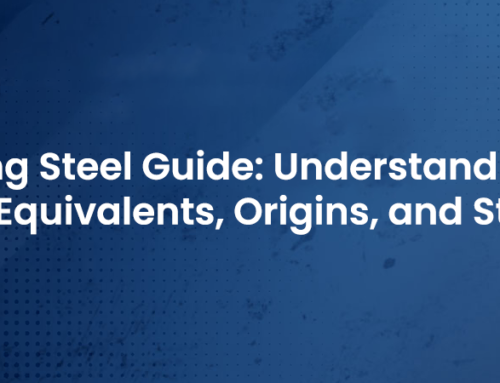Raised beds are often more productive than beds in the ground because the soil is less compacted, has better drainage, and warms earlier in the spring, meaning that plants will start to grow earlier in the season
Benefits Of Using Raised Garden Beds
If you’re thinking about using raised garden beds this season, but aren’t sure if they’re right for you, read on to find out why raised garden beds are beneficial.
Raised beds warm up faster in spring, so you can plant earlier. And because the soil is loose, plants grow better: their roots get plenty of oxygen and water. There are no footpaths in your garden, so there is no soil compaction (so you can kneel without fear!).
It is also much better to drain. You will have more control over the quality of your soil too: it’s easier to amend it with compost and/or manure every year if your bed is wide enough.
Raised beds can be shaped into attractive shapes to fit around trees or playground equipment, or to hide things like air conditioners and utility metres-or even an ugly fence! Combined with benches and trellises, they’re great for landscaping.
Raised beds make it easier to apply fertiliser (organic or chemical) and water evenly.
Managing weeds in raised beds is easier. There is more surface area for mulch, which will help keep out weeds. You also have less ground space for weeds to grow, so there are fewer weed seeds to germinate.
To prevent weed seeds from growing in your garden bed, weed control fabric can be applied before soil is added.
Raised garden beds provide warmer soil earlier in the spring, which means your plants will benefit from warmer soil earlier than if they were planted in the ground.You’ll also experience warmer soil for longer in your growing season.

Raised Garden Beds Are Easier To Tend
Another big advantage of raised garden beds is that they are much easier to tend, whether you’re in your 20s or 80s. There is no bending or crouching necessary to weed, water, plant, and harvest veggies.
And if you go with a waist-high bed (or even higher), then the task becomes that much easier.
If you’re watering by hand, you can use a watering can when it’s time for a drink. Or for an easy way to keep plants hydrated (and conserve water at the same time), try using a soaker hose system attached to a timer from your outdoor spigot.
You may also choose to lay mulch in the paths between beds and around plants once they’ve sprouted up — this will be much easier on your knees than kneeling down in between rows of plants and working on hands and knees!
If you struggle with growing in your yard due to a higher clay composition in your soil, raised garden beds could help!
While your yard’s soil may not be ideal for gardening, using a raised garden bed with soil put in can be the answer to your problems.
What type of material is best for raised garden beds?








Leave A Comment